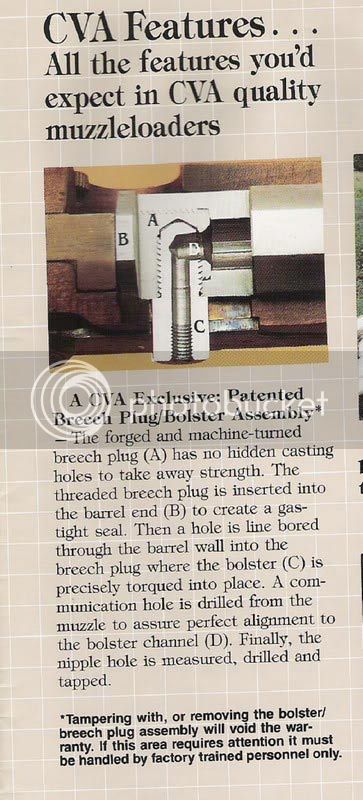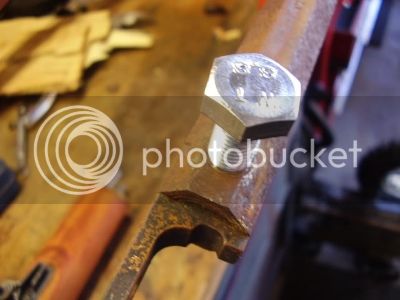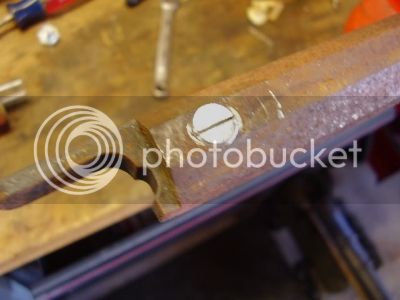Welcome to the forum.
To give you an idea of what's inside your rifles breech, take a look at this picture.
It might not be exactly the same as yours but it's probably close.

Notice, the drum should not be removed.
Replacement drums are different.
That said, if you remove the exposed area of the drum, you should be able to drill out the little hole with a suitable tap drill size for a 1/4-28 thread**, buy a vent liner with a 1/4-28 thread on its outside and screw the liner into the hole.
That leaves you with trying to find a lock.
As for copying the existing lock plate and trying to build all of the parts you would need to make a flintlock, forget it.
I've assembled quite a few flintlocks from kits and there is no way I would try to actually build one from scratch.
Notice in this Track of the Wolf link, L&R lock company makes a replacement flint lock for the CVA.
https://www.trackofthewolf.com/list/Item.aspx/759/1
Yes, it's expensive but it is a good lock and it will work much better than anything you could build from scratch.
Now, for the bottom line, as they say.
Be aware that you will end up with a CVA flintlock that's not worth much more than what you started with if you ever decide to sell it.
If you can live with that, go ahead and spend the money and enjoy working on your own rifle.

** If the existing hole is larger than a #3 (.213 diameter) drill bit (the tap drill for a 1/4-28 thread) you will need to use a 5/16-24 thread vent liner with a letter I (.272) tap drill.











